There are various ways to make an image more interesting, most of which are possible using simple filters and presets available in modern editing apps.
You can make a photo look vintage, add create neon text, cartoonize it, or add a halftone effect as some of the many available options.
However, sometimes the structure of the image itself calls for a different type of edit, something more modern and in line with the digital era, like a glitch effect, for example.
In this guide, we'll talk about the glitch effect, what it is, how you can use it as a tool to create glitch art, and most importantly, give you an easy-to-follow glitch effect Photoshop tutorial that will help you comfortably add this tool to your creative toolbox.
There's a lot to cover, so without further ado, let's get straight into it.
What is a Glitch Effect?
A "photo glitch effect" is a term we use to describe the intentional modification, manipulation, or distortion of a digital image with the goal of creating visual anomalies and artifacts, such as the ones that could occur due to errors in data transmission, software bugs, or the malfunction of hardware.
If these artifacts and visual anomalies were to occur "naturally," or better said, unintentionally, we would be looking for ways to remove them. But, as previously mentioned, sometimes the image structure could benefit from intentionally adding such "imperfections" to make it more exciting and interesting to look at.
Such photo glitch effects are often used in digital art, graphic design, and photography to add an element of unpredictability, surrealism, or retro-futurism to images.
There are multiple ways to create a glitch effect in photo-editing software such as Adobe Photoshop.
Here are some of them:
-
Pixel Sorting
Rearranging or distorting pixels in an image to create abstract patterns or shapes. The process typically involves sorting pixels based on certain criteria, such as their color values, brightness, or position, which leads to the creation of distinct patterns, shapes, or textures within the image.
-
Data Bending
Manipulating the raw data of an image file using software tools or text editors to introduce visual distortions. Once the image file is opened, users can edit the raw data directly by adding, removing, or modifying sections of the code. This manipulation can be done in various ways, such as rearranging bytes, changing numerical values, or inserting random characters.
-
Color Channel Manipulation
Separating and manipulating the individual color channels (red, green, and blue) of an image to create color shifts or distortions.
-
Overlaying Digital Noise or Artifacts
Overlaying digital noise or artifacts involves adding simulated imperfections or distortions to an image to create a specific visual effect. These imperfections can mimic the appearance of analog media degradation or the artifacts commonly associated with digital compression or transmission errors.
-
Filters and Presets
More often than not, due to the knowledge and experience needed to manually make such changes to the image, developers come up with complete presets that you can apply to your image to get the whole glitch effect immediately. This makes the whole process a lot easier for users with beginner-level photo editing knowledge.
Some creators of such glitch-effect apps and filters will also allow for modification of some of the parameters included so that users can customize the look of the anomalies and artifacts to some extent.
However, to have the most freedom and customizability while working on images or making glitch art, it's best that you learn how to create the glitches yourself, and that's exactly what we'll help you learn in the section below.
-
How to Make a Glitch Effect in Photoshop
There are multiple approaches to creating a Photoshop glitch effect. We cannot say which is the best one as every creator will prefer one method over another, but we'll show you how to easily and effectively accomplish this task without needing expert-level knowledge of the software.
Here's what you need to do:
-
Load Up Photoshop and Create a New Project
Once you launch Photoshop on your computer, wait for it to fully load and then create a new project. We recommend creating a new project over working on an already existing one so that you don't make any unwanted changes to it.
To create a new project, click on the "New file" button as shown in the image below, then choose your format and preferred settings and click on the "Create" button.
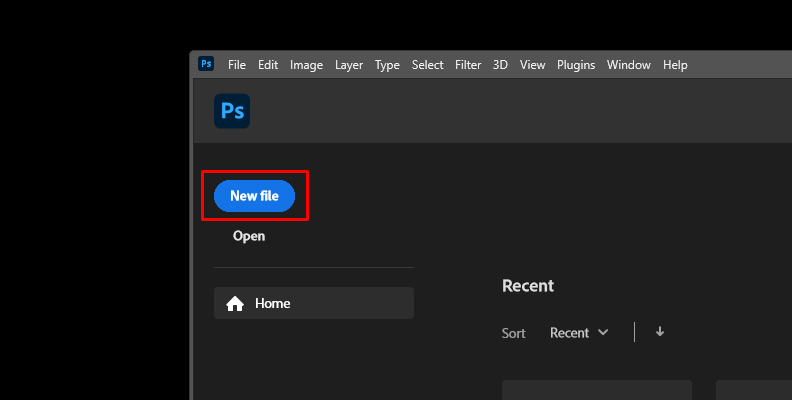
-
Import Your Image and Duplicate the Layer
The next step is to import your image within Photoshop to the new project you just created. To do this, click on "File" -> "Open" as shown in the image below.
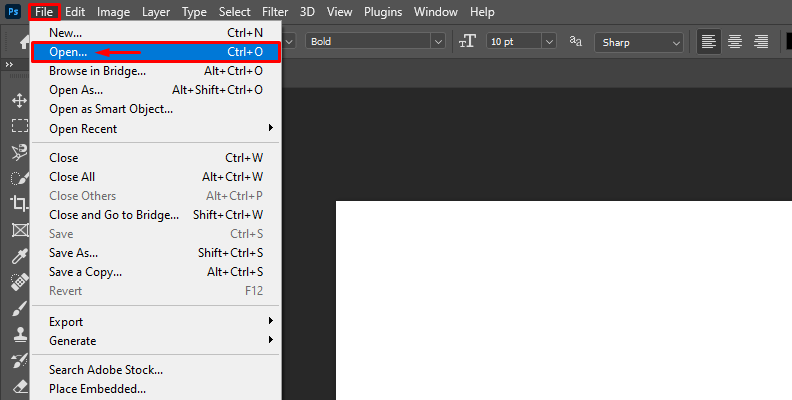
Once you import the image, you will see it in the "Layers" panel. The next step is important and should be a habit whenever you're working in Photoshop, and it is to use the Duplicate Layer feature every time you need to make a new change to the image.
So, right-click your image and choose "Duplicate Layer" as shown in the image below.
Now you can apply effects and make various changes to the image without altering the original.

-
Convert Your Image into a Smart Object
Once again, right-click the duplicated layer (not the original), and choose "Convert to Smart Object". This will allow you to apply filters and effects non-destructively, meaning you can adjust or remove them later if needed.
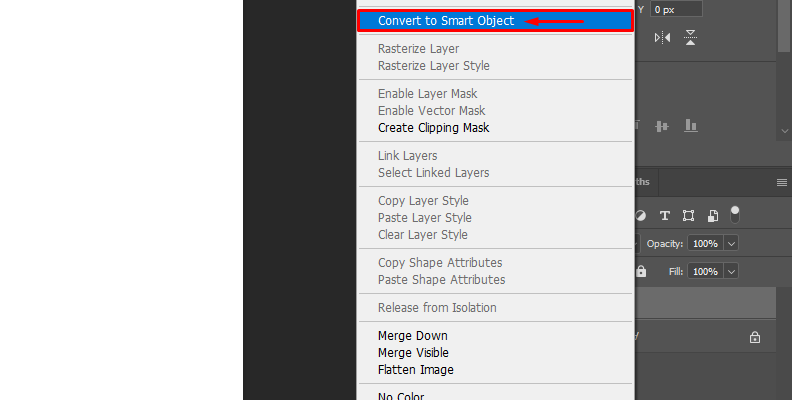
-
Apply the Wave Filter
Now that we have the groundwork done, it's time to start applying effects and filters.
Go to "Filter" -> "Distort" -> "Wave" as shown in the image below.
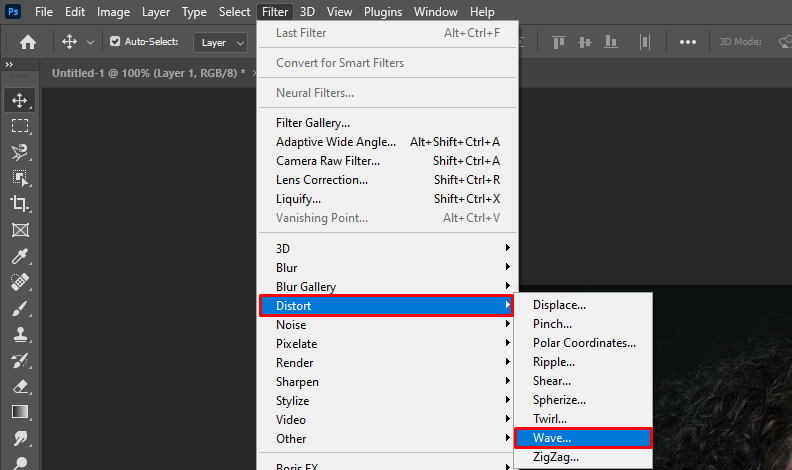
Adjust the changes in the Wave control panel until you get the desired look you're after.
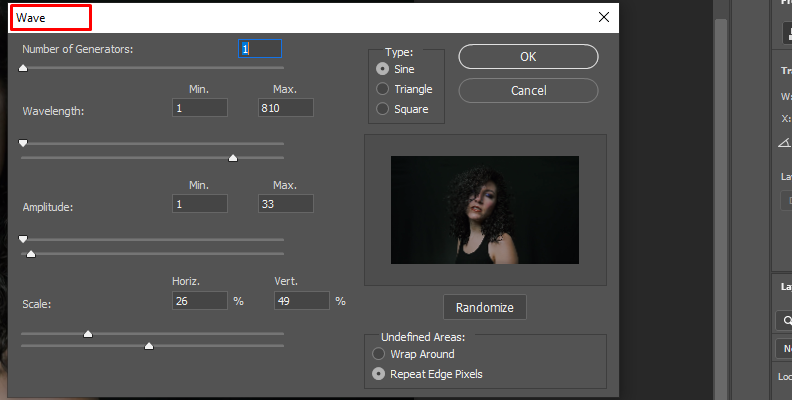
You can also use tools such as the Rectangular Marquee Tool to select only specific parts of the image that you wish to distort. You can hold down the shift key on your keyboard for multiple selections.
-
Apply the RGB Channel Split Effect
Once again, go to "Filter" -> "Distort" but this time, choose the "RGB Channels Split" option.
Doing this will separate the color channels red, green, and blue. In the channels panel, adjust the settings to your liking.
If you are using an older version of Photoshop that doesn't have the RGB Channels Split effect, here's what to do:
Create three duplicates of the background layer within the layers panel. Once again, we're not making any changes to the original background layer.
Name one of the three duplicates "red", name another one "green", and name the last one "blue".
Now, right-click the "red" layer and choose "Blending Options".
Under "Advanced Blending" deselect the "G" and "B" which stands for Green channel and Blue channel. This will only leave the Red channel active on that layer.
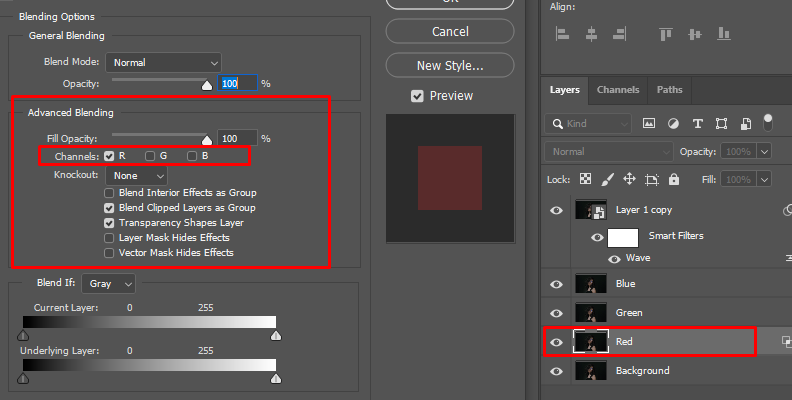
Now, repeat the same for the "Green" and "Blue" layers, leaving only the green channel active in the green layer and only the blue channel active in the blue layer.
When done, move the red, blue, and green layers to the top of the layers panel.
Change the blending mode of the first two layers that you've decided to place in order into "Screen" and leave the last, third bottom layer to "normal".
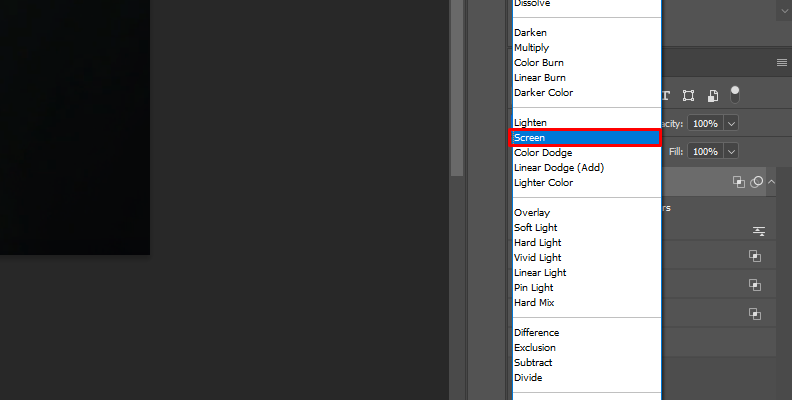
You can also choose to use the smart object you've created as one of the three layers.
For example, in the image below, the "Green" layer that's supposed to be the green channel is disabled, and instead, the smart object layer that we've previously created is set as first, with the "Screen" blending mode enabled and only the "G" (green) channel active in the "advanced blending mode" panel.
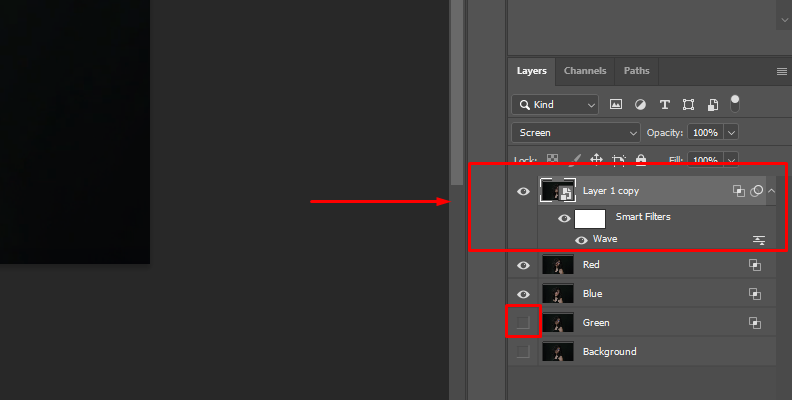
Now when everything is set and in order, the only thing you need to do is choose one of the three layers that you're using as RGB channels and move it around using the move tool or the coordinates on the right side of your screen. Then, choose a different layer out of the three, and move that around too.
You will preview the changes in real-time and stop when you find what works best for your image.
This is how our image looks now by moving around the RGB layers we've created.
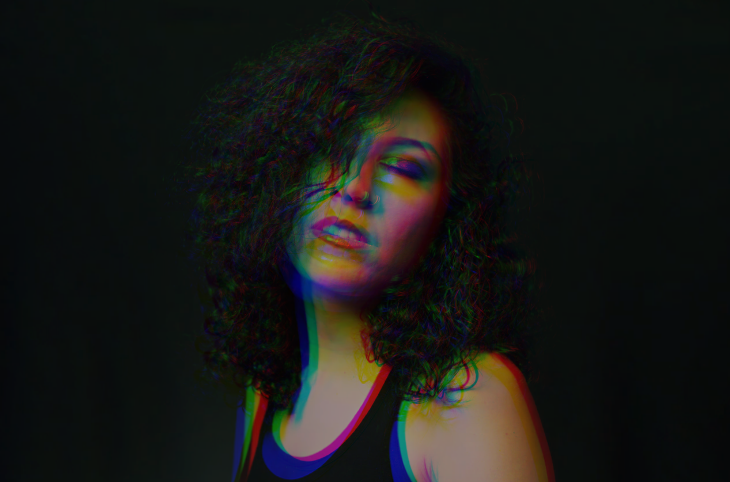
-
Enrich the Effect
There are no rules when creating a glitch or distortion effect. You can use any blend mode you like or any approach to creating the data loss feel.
From here, you already have a good foundation, so it's now only a matter of taste whether you'll keep adding more elements to it or not.
If you wish to further enrich the glitch effect, you can use the halftone pattern effect found under "Filter" -> "Pixelate" -> "Color Halftone".
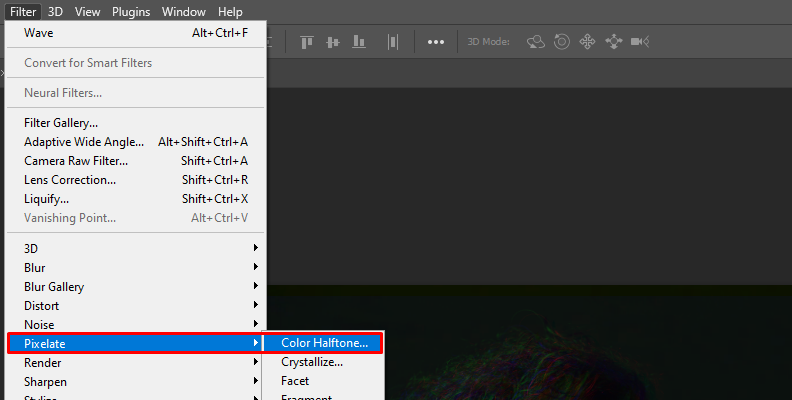
When it comes to creating cool photo effects, I believe the secret is adding subtle and gentle changes, not overdoing anything.
So, once you add the Color Halftone effect, adjust the settings to get the pattern you want, and then right-click the filter and choose "Edit Smart Filter Blending Options" as shown in the image below.
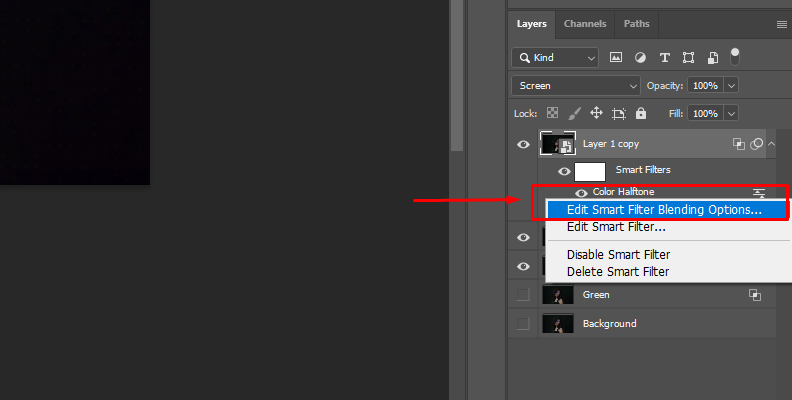
Then, in the Blending Options menu, adjust the opacity and blending mode until you get the desired effect.

Last but not least, you can add some noise, as glitches are usually caused by loss of data or damaged data, and adding noise compliments that narrative.
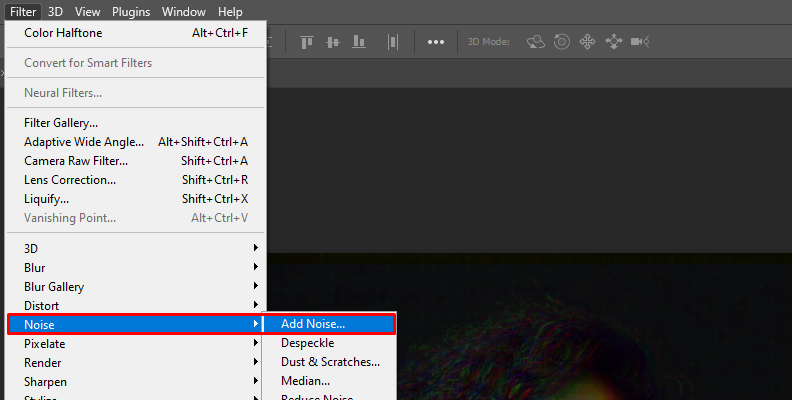
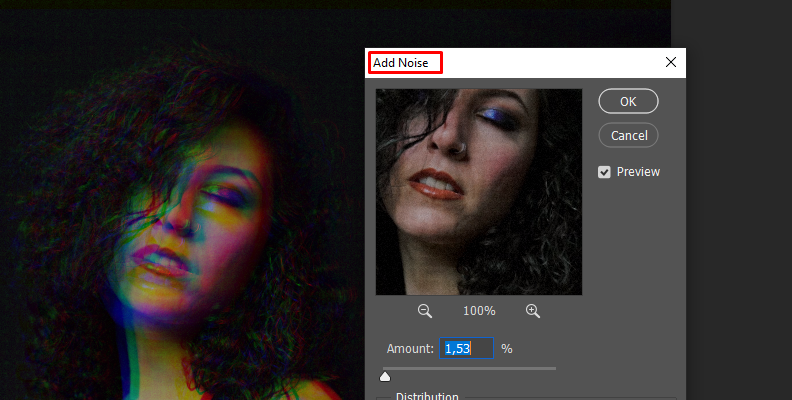
So that's all there's to it!
You've now manually created a glitch effect for your image, and it's fully customizable to your taste!
This is how our image looked before any edits.
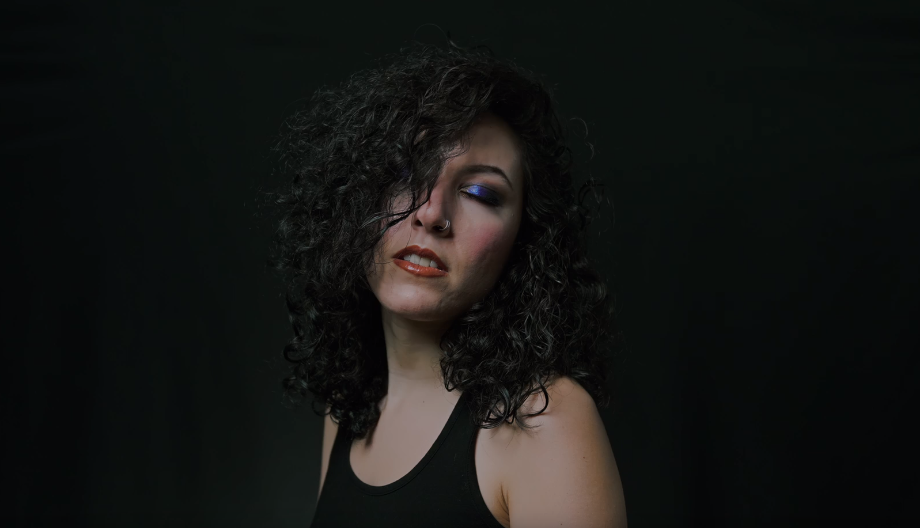
And this is how it looks after we've created the glitch effect.
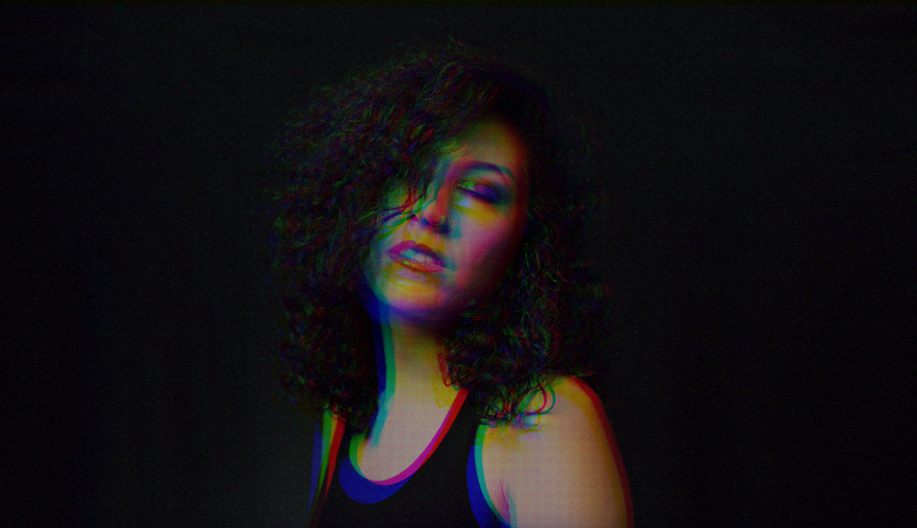
How to Add a Glitch Effect in Photoshop Using Boris FX Optics
As you can see, creating effects manually in Photoshop takes quite a bit of time and effort.
This is when plug-ins and third-party tools come into play, making the whole process a lot easier and smoother, even with people with absolutely no previous photo-editing experience.
In this section, we'll show you how to create a glitch effect using Boris FX Optics, and how easy it is to do so using this renowned plug-in.
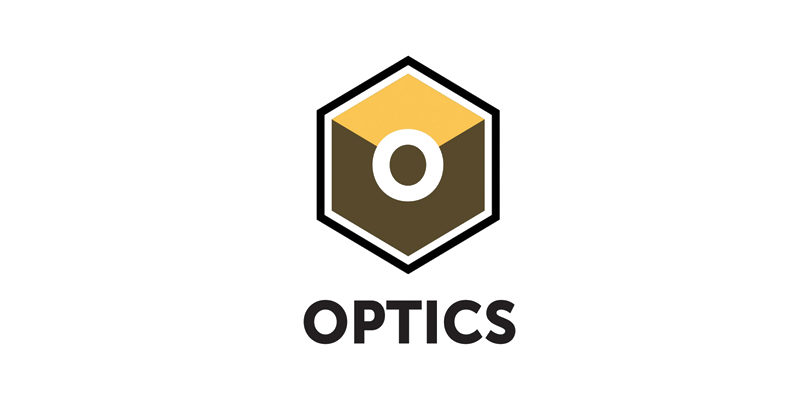
Once you download and install the plug-in (there's a free trial version available for download) follow the steps below.
-
Open Photoshop and Load Up Optics
Open Photoshop on your PC, import the image you wish to edit, then load up Optics by going to "Filter" -> "Boris FX" -> "Optics".
This will immediately load your image into Optics.

-
Search for the Digital Damage Effect and Apply at
Optics has many effects that you can choose from. However, for this specific task, we recommend the "S_DigitalDamage" effect.
Use the search bar to look it up, then simply click on it and it will be automatically applied to your image.
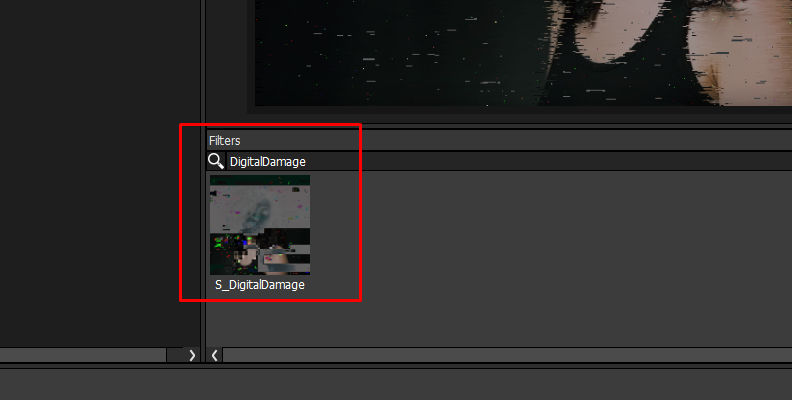
-
Modify Parameters for Any Wanted Changes
Then, once you apply the effect, you can use the "Parameters" panel on the right side to make any changes to it.

Our image already looks very cool with just a few settings tweaked.
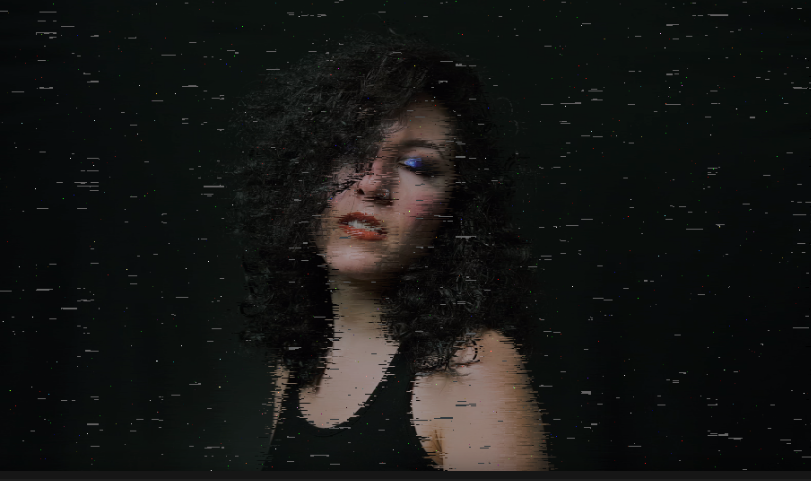
You can combine this effect with other available effects in Optics or just regular Photoshop effects to get the most interesting and unique results.
It's a matter of personal preference about what you'll keep adding, so feel free to be creative and make any changes that you think will benefit your project.
Final Words
That's all you need to know about making a glitch effect in Photoshop.
Whether you wanted to learn this for work purposes or just to have some fun editing personal photos, hopefully, it was helpful to you!
Best of luck in the future, and we hope this takes your projects to a whole different level!







